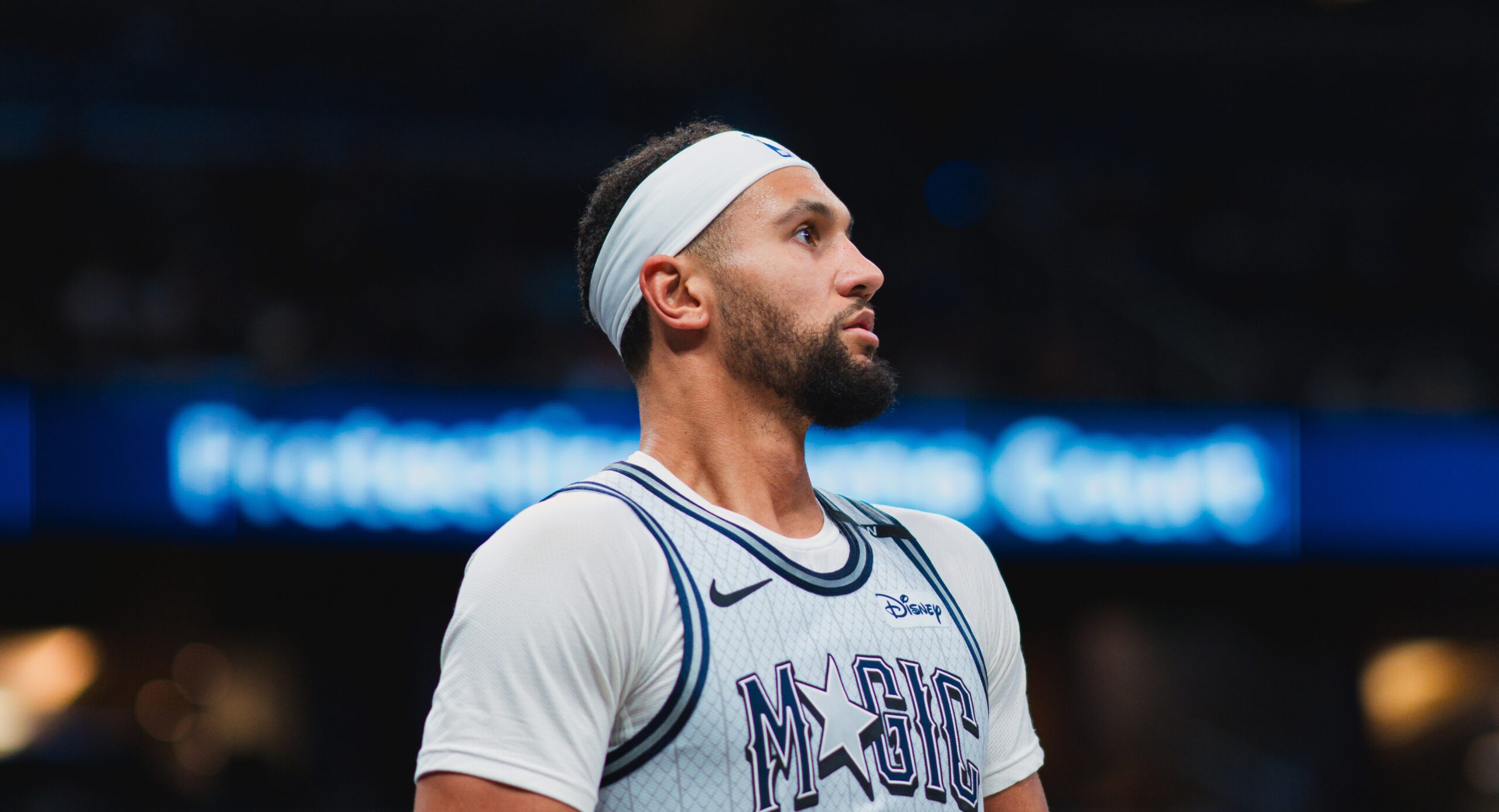
**MONTREAL** — Following the unfortunate news of Shea Theodore’s injury, which will sidelock him for the rest of the 4 Nations Face-Off, Team Canada’s management swiftly recognized the urgent need to implement contingency measures.
However, developing alternative plans is no simple task, especially within the context of a newly established tournament jointly overseen by the NHL and NHL Players’ Association, where some regulations remain somewhat ambiguous.
The team is restricted to a 23-player roster, leaving minimal room for unexpected injuries with only one additional forward, defenseman, and goaltender allowed. Federations advocated for an expanded player roster for the 4 Nations event leading up to the December deadline — they will be allowed 22 skaters and three goaltenders for the 2026 Milan Olympics — but these proposals faced obstacles due to increased costs and concerns from NHLPA members who were reluctant to forgo their breaks for a chance to be a healthy scratch.
Recognizing the challenges presented by the limited roster size, the NHL circulated a memo in late January to each country’s management, announcing that emergency roster additions would be permitted if a team fell below 18 healthy skaters or two goaltenders.
This provision was quickly relevant when Theodore sustained a potential right shoulder or arm injury during Canada’s match against Sweden on Wednesday night. He played only nine shifts and logged under seven minutes on the ice before an otherwise clean hit from Adrian Kempe sidelined him for the tournament.
Fortunately, defenseman Travis Sanheim was already in Montreal and ready to step into the lineup for the upcoming game against Team USA. However, there was no safety net beyond him should another Canadian defenseman encounter an injury or illness. To complicate matters, the majority of NHL players were enjoying time off in various tropical locations, making it challenging to bring in a replacement.
Hockey Canada sought guidance from the NHL and NHLPA on the options available after Theodore’s injury. They learned that they could arrange for a player to travel to the Boston area, ready in case of an emergency prior to Monday afternoon’s crucial game against Finland at TD Garden or potentially later in the championship round.
“We have informed them that they can identify a player to be ‘next up,’” deputy commissioner Bill Daly remarked to The Athletic on Thursday. “However, they must continue playing with the six remaining players until they fall below the required number. No additional player can join the team or engage in team activities until that occurs.”
This means the designated reserve player will be unable to participate in team meetings or practices unless another defenseman becomes injured.
While Hockey Canada did not confirm the identity of the standby player, sources indicate that 23-year-old Thomas Harley of the Dallas Stars is set to travel to the Boston area on Friday. Like Theodore, he is a left-handed defenseman with power-play experience. He has previously represented Canada at the under-18 level and in the World Juniors, making him a candidate for the 2026 Olympics and future international competitions.
Having another defenseman on standby will provide some reassurance, particularly as the emergency roster rules initially proposed by the NHL could potentially force Canada or any other participant in the 4 Nations to dress 13 forwards and only five defensemen during a game — a scenario that could attract negative scrutiny towards the tournament.
“I can’t envision anyone in charge allowing us to play short-handed,” Canadian coach Jon Cooper stated. “That wouldn’t be ideal for anyone involved. While it’s unfortunate due to the nature of the game, especially given the intensity these matches are played at, we always hope to avoid unnecessary injuries.”
The incident involving Theodore emphasized this reality, as he was injured on a seemingly harmless play without any hint of ill intent.
Despite the setback, Theodore was seen congratulating teammates as they exited the ice following a thrilling 4-3 overtime win against Sweden, though the unfortunate twist of fate understandably left him disheartened.
“It’s devastating for him,” Cooper expressed.
“I reached out to him immediately,” added Sanheim, who will fill Theodore’s position in the lineup. “There’s a lot of disappointment for him. If I were in his shoes, I’d share similar feelings.”
“He’s a fantastic teammate and it’s unfortunate how this played out.”
Injuries are an inevitable aspect of a sport characterized by its speed and intensity.
Though Team Canada hopes that this is their only major injury setback at the 4 Nations, they must gear up for any worst-case scenarios that may arise.
Essential Reading
(Photo: Sam Hodde / Getty Images)










